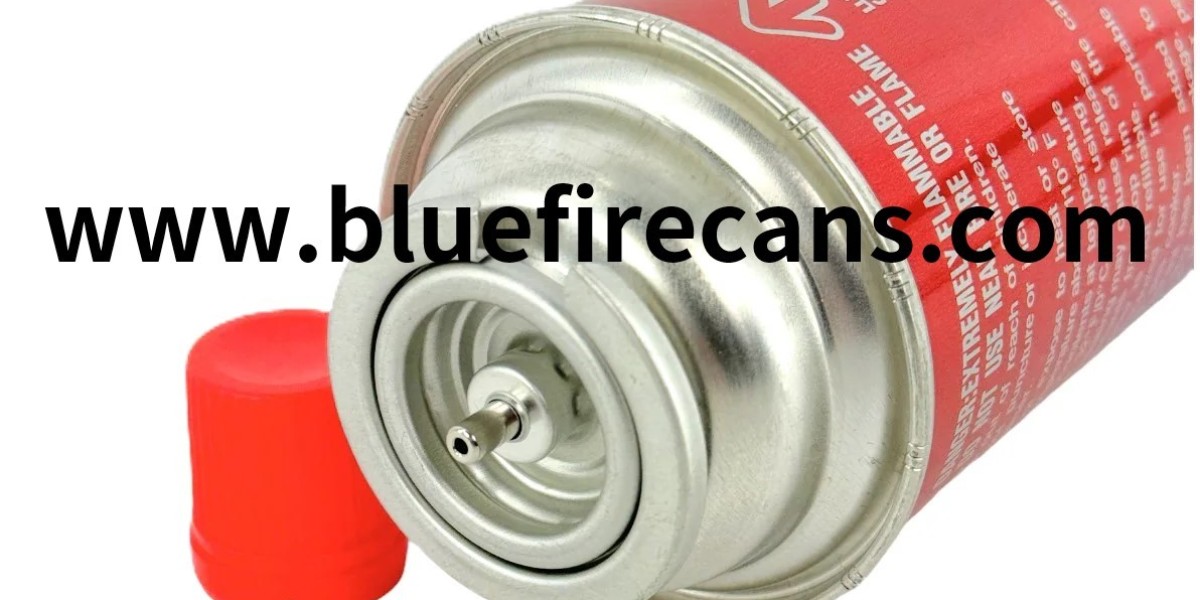When you bring fuel into the home for cooking or hobbies, safe handling starts with how you store a Butane Gas Canister and how you think about ventilation, temperature, and access. Storing cylinders thoughtfully protects people and property, reduces the chance of leaks or accidental release, and keeps the fuel ready for use when you need it. This article walks through practical, easy to follow steps that homeowners can adopt to keep small canisters secure while respecting handling guidance and current concerns about home safety and sustainability.
First choose the right spot. Keep containers in a cool, dry, well ventilated area away from direct sunlight and away from heat sources or open flames. Avoid placing fuel near appliances that generate heat or near electrical panels. Storing items where air can move freely reduces the chance that any accidental venting will concentrate at breathing level or find a nearby ignition source. Official guidance from consumer safety and regulatory bodies emphasises ventilation and distance from ignition as basic protective steps.
Pay attention to vertical placement. Because heavier than air vapors can settle in low points, do not store cylinders in basements cellars or other low lying spaces where leaked gas could accumulate. Storing supplies on shelving above floor level with open airflow helps prevent vapor pooling and lets any small release disperse rather than concentrate. This is a simple change that reduces risk in many homes.
Treat every container as potentially pressurized. After use remove the cartridge from any appliance cap the valve if a cap is supplied and return the unit to its storage site rather than leaving it mounted. Many product safety advisories recommend detaching canisters once the device is no longer in service and keeping them capped and upright. Doing so lowers the chance of accidental actuation and reduces mechanical stress on seals during storage and handling.
Protect cans from mechanical damage and accidental knocks. Store cylinders where they cannot be easily tipped pierced or struck by other objects. Use secure shelving or a metal locker suitable for flammable items if available and ensure that packages are not stacked in ways that could dent or puncture the casing. If you transport units place them upright and avoid packing heavy items on top of them. Robust packaging and a simple habit of checking cans for dents or rust before use are inexpensive ways to reduce failures in the field.
Mind temperature during storage and transport. Avoid leaving cylinders in parked cars or other spaces that can heat up quickly. When moving fuel on hot days a temporary insulated carrier such as a cooler can help moderate temperature swings during transit though it is not a substitute for permanent ventilation at home. Public safety guidance warns against exposing containers to high ambient heat which may increase internal pressure and stress seals so choose locations that remain shaded and cool.
Label and separate different types of supplies. Keep fuel away from items used for food or household consumption and mark storage clearly so that anyone in the household knows what is kept there. If you keep more than one fuel type store each in its own compartment and do not mix incompatible items. Clear labels help first responders and family members quickly identify the content of a storage area in an emergency.
Implement routine inspection. Check containers before each use for signs of corrosion discoloration or damaged valves. Replace any can that shows visible defects and do not attempt to repair a punctured unit. Regular visual checks help catch problems early and prevent a small defect from turning into a more dangerous situation during use.
Plan for safe disposal and turnaround. When a unit is empty return it to the collection path recommended by local waste authorities or follow the manufacturer handling instructions. Avoid storing large quantities of old or partially used items indefinitely. Keeping turnover steady reduces the amount of material that needs special attention and makes inventory easier to manage.
Consider who has access. Store cylinders out of reach of children and away from high traffic areas. If members of the household may be unfamiliar with fuel handling provide simple written guidance and keep the most critical items such as valve caps and a flashlight nearby to avoid fumbling in low light.
Finally balance convenience and responsibility. A small investment in a ventilated metal cabinet or a dedicated shelf away from utilities can make day to day use easier while meeting safety needs. When homeowners follow basic steps for placement physical protection ventilation and routine checks they reduce the likelihood of mishaps and keep fuel available for intended uses without needless risk. If you would like to review product options packaging guidance and manufacturer handling notes consult the product catalogue and technical pages at the producer site: https://www.bluefirecans.com/ .








